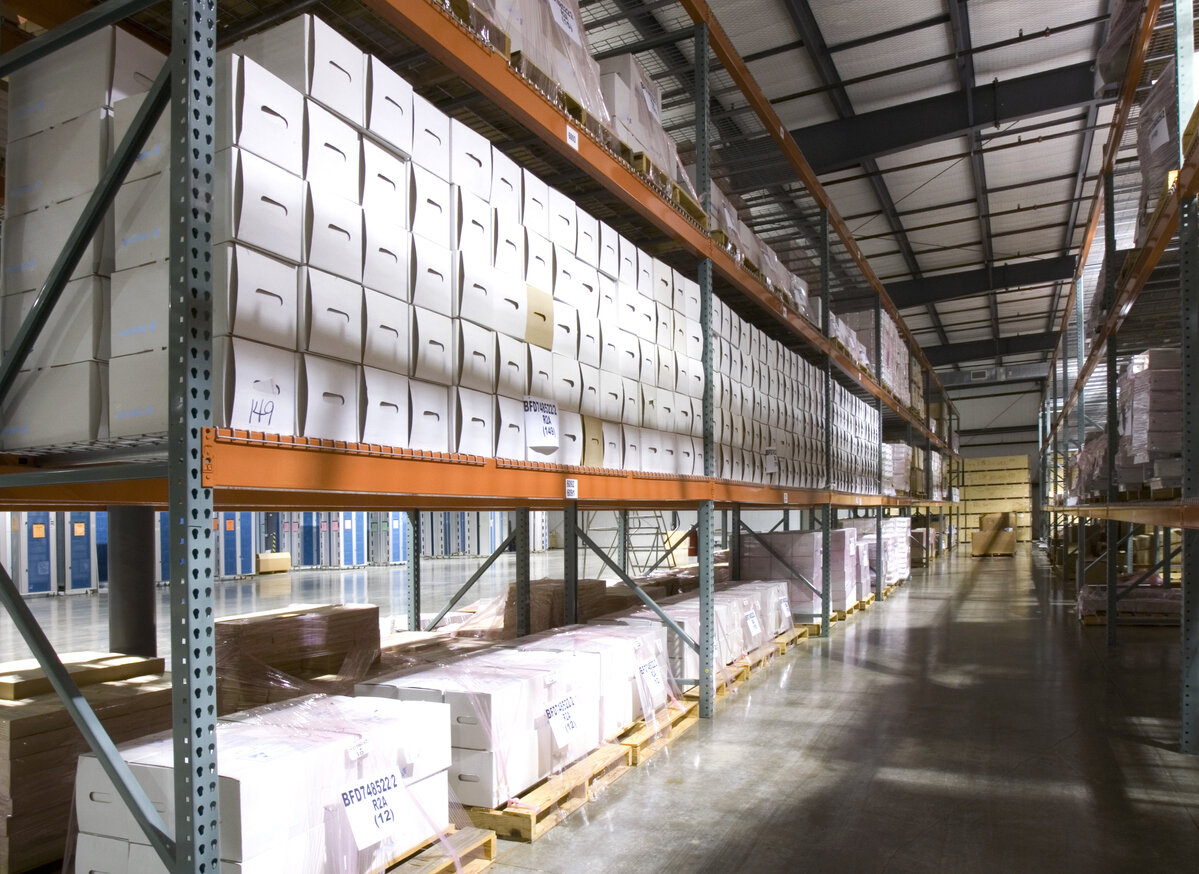How to File a Freight Damage Claim (9/16/2024)
Damaged freight is par for the logistics course, but swift action can protect your bottom line.
All freight claims are attempts to prove a breach of carrier contract under Title 49, Code 14706 of transportation law (commonly called the Carmack Amendment). Freight claims are simple in theory but can be complicated in practice. Process awareness, prompt action, and the provision of all possible information help ensure a positive outcome.
In this blog, you will learn:
-
Which freight claim suits your situation
-
Freight claim filing basics
-
How to skip time-wasting steps
-
Why claims are refused and how to guard against it
-
How RLG makes freight claims easier
Which freight claim suits your situation
Damage can take several forms. Knowing which kind has affected you is key to making the right claim. The easiest damage to spot is the outwardly visible kind. However, freight damage can also be of the concealed variety and escape immediate notice when accepting delivery. A concealed damage claim can be filed if a delivery seemed externally sound on receipt but was later discovered to be internally compromised.
A shortage damage claim may be filed if only a portion of the original freight arrives at its destination, while complete freight loss classifies as its own separate kind of damage claim.
Freight claim filing basics
There is no one-size-fits-all claim form, but there are several key bases to touch. These include (but are not limited to) such specifics as how many units were damaged and of which type, how many units are missing, how much each compromised unit is worth, and what financial losses have been/could potentially be accrued as a result.
It’s important to note that all claims must be filed in writing. This includes electronic submission with the consent of both parties.
Claims become stronger the more freight information – both contents and contractual – a claimant can provide. Beyond the basic damage report and projected loss, this information can include a broad spectrum of documentation such as the Bill of Lading, inspection reports (or requests for such), and proof of value of the damaged items in the form of receipts.
These can be augmented with additional resources. Photographs are solid support, but other materials – such as video; impact or temperature records; and any certification dealing with packaging, weight, or condemnation issues as a result of carrier negligence – can be valuable claim additions.
How to skip time-wasting steps
Shortage claims may be avoided entirely when the freight recipient compares the driver delivery receipt with freight received. A short pause for inspection at this point can save time and trouble later. Further time-wasting can be avoided when both parties assign the same number to a damage claim in their internal records. This number will speed up all future steps involving the issue.
Carriers typically have 30 days to acknowledge a claim for payment. Claimants should watch the clock and not let any longer than this pass before pressing for a response. A carrier’s written refusal to assume blame for freight damage may lead to a lawsuit. While the claimant can have between 1 and 2 years to implement proceedings dependent on the nature of the freight, the protracted nature of legal action makes “sooner rather than later” the best approach.
Lastly, your insurer must be promptly informed of any freight damage claims made. Should a carrier not pay damages, the loss may still be covered by insurance but only If you waste no time informing them.
Why claims are refused and how to guard against it
Knowing how and why you might lose a freight damage claim or lawsuit helps gauge if starting the process is worth your while.
Lack of evidence is a claim killer. Failure to support damage claims with as many of the above-listed types of evidence as possible is inviting refusal. Loss claims, both partial and whole, often hinge on the accuracy of the original Bill of Lading. The shipper must ensure that all freight is accurately recorded from the outset in order to support a loss claim further down the chain.
Slow reporting is a prime reason for damage claim denial. Every carrier will have a limited time window to make a damage claim, and each kind of damage will likely have a different reporting period, so check your carrier agreement closely to make sure you don’t miss response times.
This reporting period is particularly narrow with concealed freight damage, making it essential to investigate freight deliveries quickly upon receipt. Failure to do so could invalidate a claim, and not even visual evidence may help.
Importantly, five further exceptions can exonerate a carrier from blame:
-
Default or Act of Shipper: A carrier may successfully blame damage on the shipper, such as by proving that the freight was delivered to the carrier compromised by unsafe loading or packaging.
-
Acts of God: These include natural, social, or other unpredictable events beyond human control.
-
Inherent Vice: Some freight is more prone to damage and decay by its nature. A carrier may be exempt if they prove the freight damage occurred due to these inherent flaws, rather than their negligence.
-
Public Authority: Quarantines, trade blockades, recalls, or other actions by empowered authorities that result in freight damage can exonerate the carrier.
-
Public Enemy: This absolves the carrier from blame in the event of freight damage by enemy military forces (but not from damage by criminal activity).
How RLG makes freight claims easier
Resource Logistics Group provides money-saving guidance on all aspects of transportation management. Our experienced team can guide you through the whole freight claims process to help save your business not just money, but the valuable time and effort that is required to successfully address damaged, shorted, or lost shipments.
RLG can also help you forge the kind of carrier contract that reduces the risk of a messy freight claim procedure. Get in touch with us to learn more about making your logistics model simpler, safer, and more cost-effective.
Resource Logistics Group provides transportation and logistics advice combined with professional services and state-of-the-art technology. From contract negotiations to easing back-office burdens, we are your ally in excellence. Connect with us on our contact page for a free benchmarking analysis.Connect with us on our contact page



